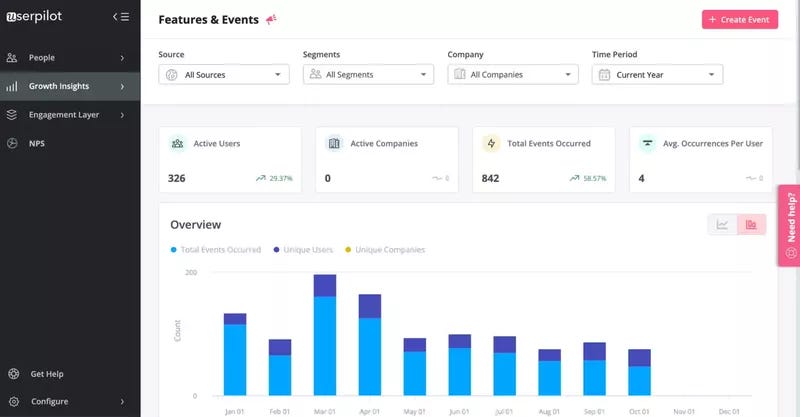BD124 Insights
Your go-to source for the latest news and informative articles.
User Behavior Tracking: The Hidden GPS of Digital Experiences
Unlock the secrets of user behavior tracking! Discover how this hidden GPS shapes digital experiences and boosts your success online.
Understanding User Behavior Tracking: How It Guides Your Digital Experience
In today's digital landscape, User Behavior Tracking plays a pivotal role in understanding how visitors interact with your website. This tracking involves collecting data on various actions users take, such as page views, clicks, and time spent on each page. By analyzing this data, businesses can gain insights into what resonates with their audience, which can help tailor the user experience to better meet their needs. For instance, if users tend to bounce from a particular page, it may signal a need for content improvement or a redesign for enhanced engagement.
Moreover, the significance of User Behavior Tracking extends beyond mere data collection; it guides strategic decision-making for digital marketing efforts. By identifying patterns and preferences, marketers can create more targeted campaigns, ensuring that content and advertisements are aligned with user interests. This informed approach not only boosts conversion rates but also fosters a deeper connection with your audience. In essence, embracing user behavior insights allows businesses to create a truly personalized digital experience that enhances customer satisfaction and loyalty.

Counter-Strike, a popular first-person shooter game, pits players against each other in teams of terrorists and counter-terrorists. The game is known for its tactical gameplay and requires teamwork and strategy to succeed. Players can enhance their gaming experience by using various bonuses, including a roobet promo code which might offer unique advantages.
The Role of User Behavior Tracking in Personalizing Online Interactions
User behavior tracking has emerged as a pivotal strategy for businesses seeking to enhance their online interactions. By analyzing data collected from user activities, companies can gain valuable insights into preferences, habits, and engagement patterns. This data-driven approach allows for the development of tailored experiences that resonate with users, thereby increasing satisfaction and loyalty. For instance, through cookies and tracking pixels, organizations can monitor actions such as page visits, clicks, and time spent on specific content, enabling them to refine their offerings and ultimately boost conversion rates.
Moreover, the role of user behavior tracking extends beyond mere data collection; it facilitates dynamic content personalization. Websites can utilize algorithms to adjust their interfaces based on individual user behavior—displaying personalized recommendations, targeted advertisements, or relevant content. For example, e-commerce sites can suggest products based on past purchases or browsing history, greatly enhancing the shopping experience. As a result, businesses not only foster a sense of connection but also improve user engagement, leading to higher retention and a more profitable online presence.
What Insights Can You Gain from User Behavior Tracking?
User behavior tracking offers invaluable insights that can inform your website's design and functionality. By analyzing how visitors interact with your site, such as the pages they visit most frequently and the paths they take, you can identify patterns that highlight both strengths and weaknesses. These insights can lead you to optimize your content, enhance navigation, and ultimately improve user experience.
Moreover, understanding user behavior helps businesses align their marketing strategies with consumer preferences. For instance, tracking metrics like click-through rates and bounce rates allows companies to tailor their campaigns based on how effectively they engage their audience. In turn, this can boost conversion rates and increase customer retention. With the right tools, you can leverage user behavior data to make informed decisions that drive results.